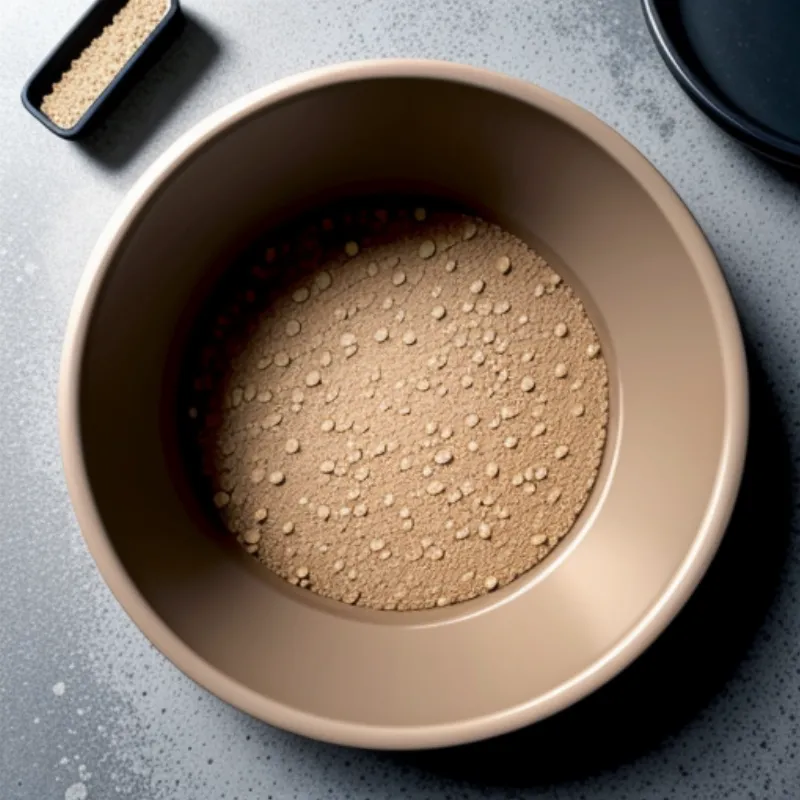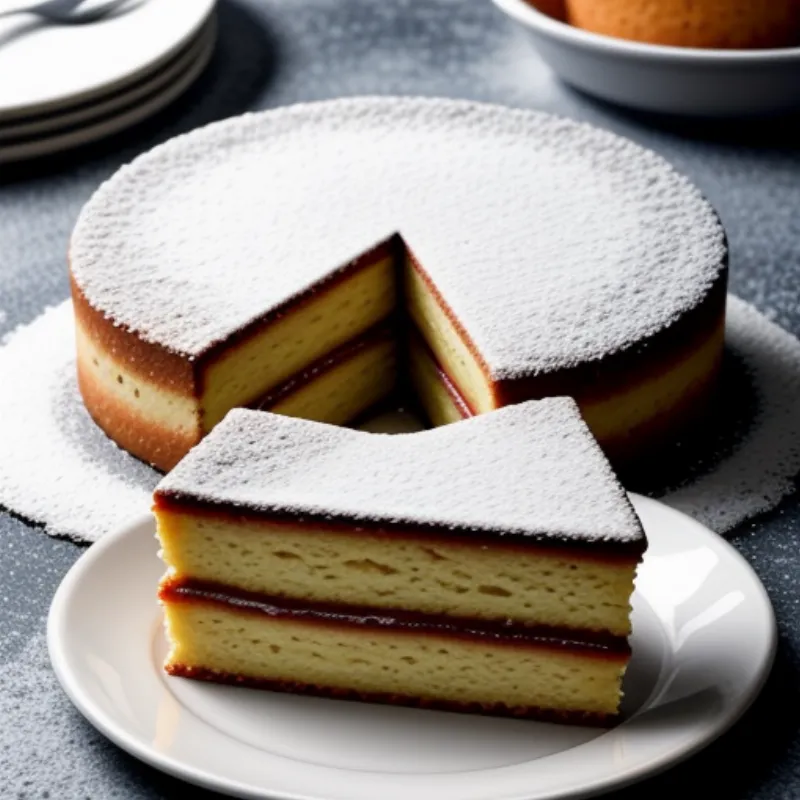Castagnaccio, a rustic Italian chestnut cake, evokes the warmth of an autumn day in Tuscany. This humble dessert, with its nutty aroma and subtly sweet flavor, is surprisingly easy to make at home. Whether you’re a seasoned baker or just starting out, I’ll guide you through each step, sharing tips and tricks to help you create a castagnaccio that will impress your family and friends.
A Simple Cake with Ancient Roots
Castagnaccio has graced Tuscan tables for centuries, its origins tracing back to the rural communities of the Apennine Mountains. Made with simple ingredients like chestnut flour, water, olive oil, and a touch of sweetness, it was a nourishing and affordable treat, particularly during the fall chestnut harvest.
Gather Your Ingredients
Here’s what you’ll need to make this delicious cake:
- 2 cups (250g) chestnut flour
- 2 cups (475ml) lukewarm water
- 1/4 cup (60ml) extra virgin olive oil, plus extra for greasing
- 1/4 cup (40g) pine nuts
- 1/4 cup (40g) raisins (optional)
- 1 tablespoon sugar
- Pinch of salt
- Rosemary sprigs, for garnish (optional)
Ingredient Notes:
- Chestnut Flour: This gluten-free flour gives castagnaccio its signature nutty flavor. Look for it at Italian grocery stores or online.
- Olive Oil: Opt for a good quality extra virgin olive oil for the best flavor.
- Raisins: Some recipes omit raisins, while others include them for added sweetness and texture. Feel free to adjust to your liking.
Tools You’ll Need
- Large mixing bowl
- Whisk
- 9-inch (23cm) round baking pan
- Parchment paper
Let’s Make Castagnaccio!
- Preheat and Prepare: Preheat your oven to 350°F (180°C). Lightly grease your baking pan with olive oil and line it with parchment paper for easy removal later.
- Combine Dry Ingredients: In your mixing bowl, whisk together the chestnut flour, sugar, and salt.
- Gradually Add Water: Slowly add the lukewarm water to the dry ingredients, whisking constantly to prevent lumps from forming. The batter should be smooth and pourable, like crepe batter.
- Incorporate Oil and Mix-ins: Drizzle in the olive oil and whisk to combine. Gently fold in the pine nuts and raisins, if using.
- Pour and Bake: Pour the batter into the prepared baking pan and spread it evenly. Scatter a few rosemary sprigs on top for an aromatic touch, if desired.
- Bake to Perfection: Bake for 30-40 minutes, or until the cake is set and a toothpick inserted in the center comes out clean. The top should be golden brown and slightly cracked.
 Castagnaccio in Baking Pan
Castagnaccio in Baking Pan
Tips for Castagnaccio Success
- Lump-Free Batter: To avoid a lumpy batter, sift the chestnut flour before mixing or use a whisk to break up any clumps.
- Doneness Test: The baking time may vary slightly depending on your oven. To ensure the cake is cooked through, insert a toothpick into the center. If it comes out clean, it’s ready!
- Rest and Enjoy: Allow the castagnaccio to cool slightly before slicing and serving. This allows the flavors to meld and the texture to become even more enjoyable.
Serving and Enjoying Your Castagnaccio
Castagnaccio is delicious served warm or at room temperature. Dust it with powdered sugar for extra sweetness or drizzle with a touch of honey. For a true Tuscan experience, pair it with a glass of sweet Vin Santo wine.
FAQs about Making Castagnaccio
Q: Can I substitute regular flour for chestnut flour?
A: Unfortunately, no. Chestnut flour is essential for the unique flavor and texture of castagnaccio. Regular flour will result in a completely different cake.
Q: How do I store leftover castagnaccio?
A: Store any leftover castagnaccio in an airtight container at room temperature for up to 2 days.
A Taste of Tradition
Making castagnaccio is like taking a culinary journey to Tuscany. It’s a simple yet satisfying cake that embodies the essence of Italian comfort food. Gather your ingredients, follow these easy steps, and savor the rustic flavors of this beloved Italian treat.
 Castagnaccio Slices
Castagnaccio Slices
We’d love to hear about your castagnaccio adventures! Share your baking experience, tips, or any creative variations you come up with in the comments below. Happy baking!
